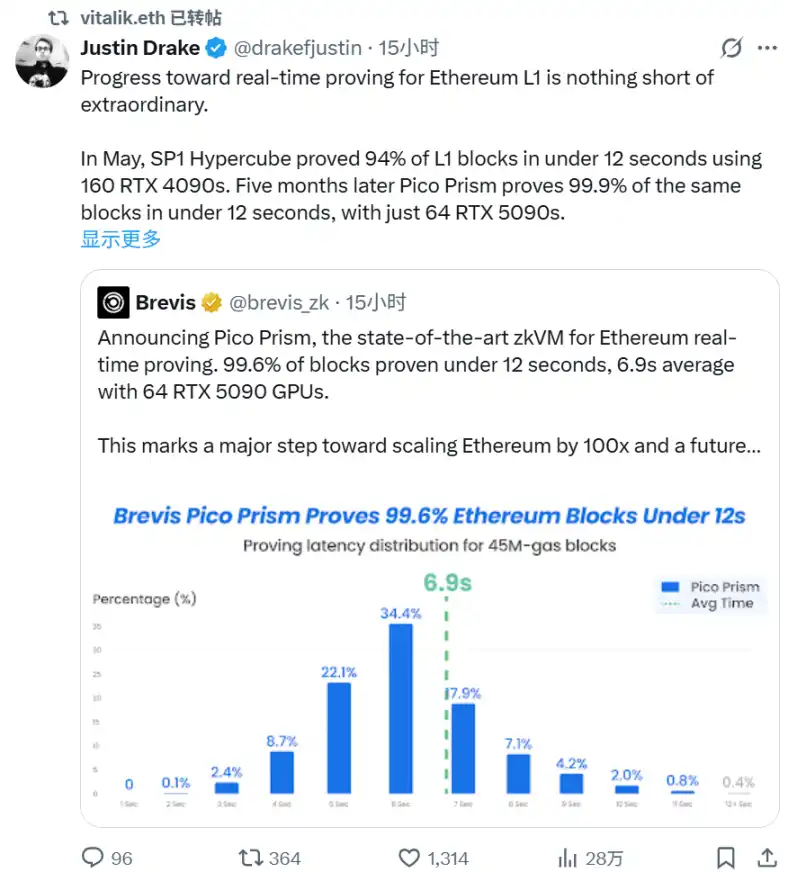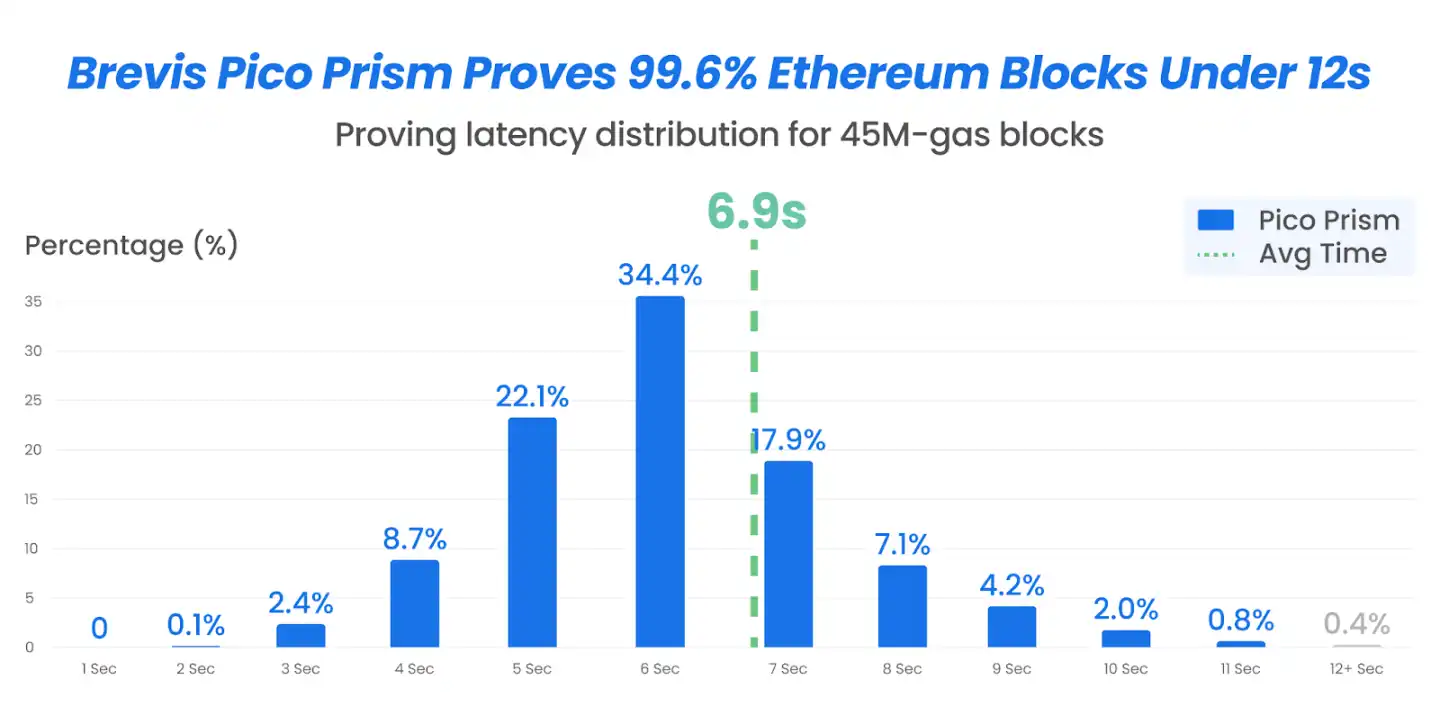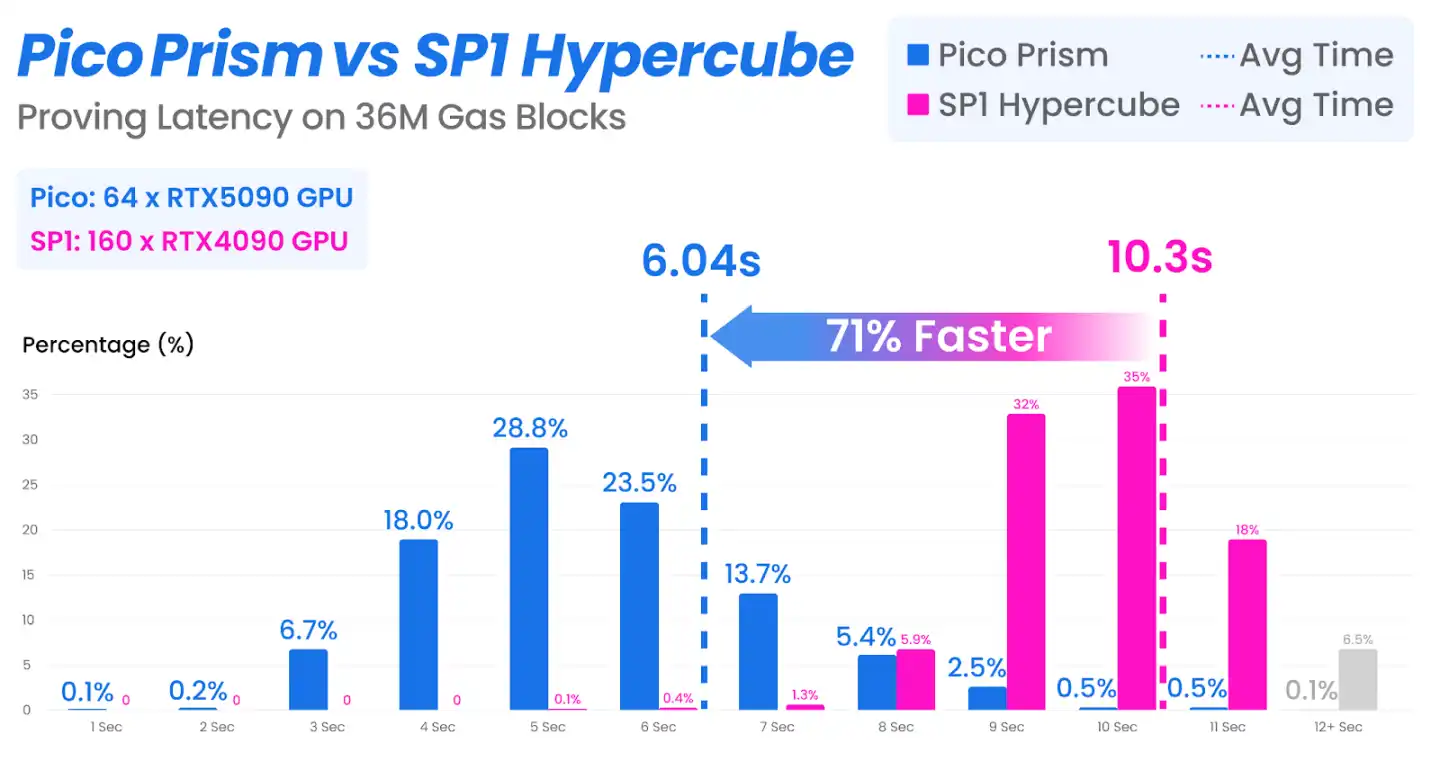Original Title: "Ethereum Community Gives Collective Thumbs Up, Has ZK Technology Finally Transitioned from Laboratory to Production-Grade Tool?"
Original Author: 1912212.eth, Foresight News
Recently, the discussion around Brevis has spread from technical forums to social media, with Ethereum's official Twitter and renowned Ethereum researcher Justin Drake sharing lengthy posts, and Vitalik also retweeting. What remarkable breakthroughs does Brevis have that suddenly put it at the center of the technical stage?

ZK Data Computing and Verification Platform
Brevis is a full-chain data computing and verification platform powered by ZK technology, allowing smart contracts to easily access and utilize multi-chain historical data as if reading an open encyclopedia.
To understand the core value of Brevis, we must start with the fundamental challenges of Ethereum. As the largest smart contract platform in the world, Ethereum has a massive amount of on-chain data, but developers often face difficulties when building dApps: how to efficiently and securely handle this data? Traditional methods either rely on centralized oracles (like Chainlink), introducing trust risks, or compute directly on-chain, incurring huge Gas fees, leading to scalability issues.
The emergence of Brevis fills this gap. Simply put, Brevis acts as a "smart assistant": it performs complex calculations off-chain and then generates zero-knowledge proofs to allow on-chain contracts to verify the correctness of the results. This design not only reduces costs but also ensures the integrity and availability of the data.
Brevis's tech stack is built on advanced ZK frameworks. It supports multiple blockchains, including the Ethereum mainnet and its Layer 2 solutions, allowing users to read complete on-chain historical data—from transaction records to state changes. For example, a DeFi protocol can use Brevis to calculate a user's cross-chain credit score without manually aggregating data; an NFT marketplace can verify the on-chain history of assets in real-time, avoiding the risk of forgery.
The developers behind Brevis are from Celer Network, founded by Mo Chen, who holds a Ph.D. from the University of Illinois at Urbana-Champaign. He is an expert in applying algorithmic game theory to protocol design and teaches full-stack smart contract courses. In November 2024, Brevis Network completed a $7.5 million seed round of financing, co-led by Polychain Capital and Binance Labs, with participation from IOSG Ventures, Nomad Capital, Bankless Ventures, Hashkey, and others.
ZK Technology Transitioning from Laboratory to "Production-Grade Tool"
Ethereum's official Twitter has also retweeted, giving a high rating: "This is a significant step towards the future of Ethereum. ZK technologies like Pico Prism will help Ethereum scale to meet global demand while maintaining its credibility and decentralized characteristics."
Pico Prism is a distributed multi-GPU zkVM (zero-knowledge virtual machine) released by the Brevis team in October 2025. It is essentially an evolved version of Pico zkVM, optimized for real-time Ethereum block proofs.

In traditional ZK systems, generating proofs often takes a lot of time and effort, requiring high-end hardware and computation times of several minutes, which limits the implementation of real-time applications. Pico Prism breaks this bottleneck: it achieves 99.6% of Ethereum blocks being proven within 12 seconds, averaging only 6.9 seconds, using 64 RTX 5090 GPUs.
Succinct's SP1 Hypercube solution achieved a 40.9% real-time proof coverage (with a latency of less than 10 seconds) on blocks with a gas limit of 36 million, using 160 GPUs, with hardware capital expenditure of about $256,000. Pico Prism is 32 times faster than competitors like SP1 while reducing GPU hardware costs by 50%.

This efficiency is attributed to its modular architecture: Pico Prism breaks down the proof generation process into parallel tasks, utilizing multiple GPUs to work together, avoiding single-machine bottlenecks.
Pico Prism's advantages also extend to practical application scenarios. It shifts Ethereum's verification model from "re-execution" to "one-time verification," theoretically amplifying network capacity by 100 times. Imagine a real-time DeFi lending scenario: a user submits a transaction, and Pico Prism instantly generates a ZK proof, confirming the borrower's on-chain historical credit without requiring full nodes to recompute. This not only reduces Gas fees but also enhances security—the proof process is completely zero-knowledge, protecting user privacy.
In the past, each validator needed to re-execute every transaction to verify blocks. This required expensive hardware and created a fundamental bottleneck: the more transactions there were, the greater the workload for each validator. Real-time proof breaks this model. One prover generates a proof, and all others complete verification within milliseconds. Pico Prism has already proven its technology is viable at a production scale.
Another highlight of Pico Prism is its compatibility: it supports custom computations, allowing users to adjust proof logic according to dApp needs rather than being limited to fixed templates. This opens up significant opportunities in Layer 2 Rollups or cross-chain bridges, for example, helping Optimism or Arbitrum to verify main chain data in real-time, reducing latency risks.
Through Pico Prism, Brevis not only addresses the pain point of proof speed but also lowers the barrier to entry: previously requiring hundreds of GPUs for specialized equipment, now it can run on consumer-grade hardware. This is a boon for small and medium developers, who can easily integrate Brevis to build smarter dApps. The parallel optimization and cost reduction of Pico Prism have brought ZK technology from the laboratory to production-grade tools.
Of course, Brevis and Pico Prism are not perfect, and there is still a 2.2% gap from the goal of completing real-time proofs within 10 seconds. The official statement indicates that the next step for Pico Prism is to focus on reducing proof costs. Plans are in place to achieve 99% real-time proof using fewer than 16 RTX 5090 GPUs in the coming months.
免责声明:本文章仅代表作者个人观点,不代表本平台的立场和观点。本文章仅供信息分享,不构成对任何人的任何投资建议。用户与作者之间的任何争议,与本平台无关。如网页中刊载的文章或图片涉及侵权,请提供相关的权利证明和身份证明发送邮件到support@aicoin.com,本平台相关工作人员将会进行核查。



